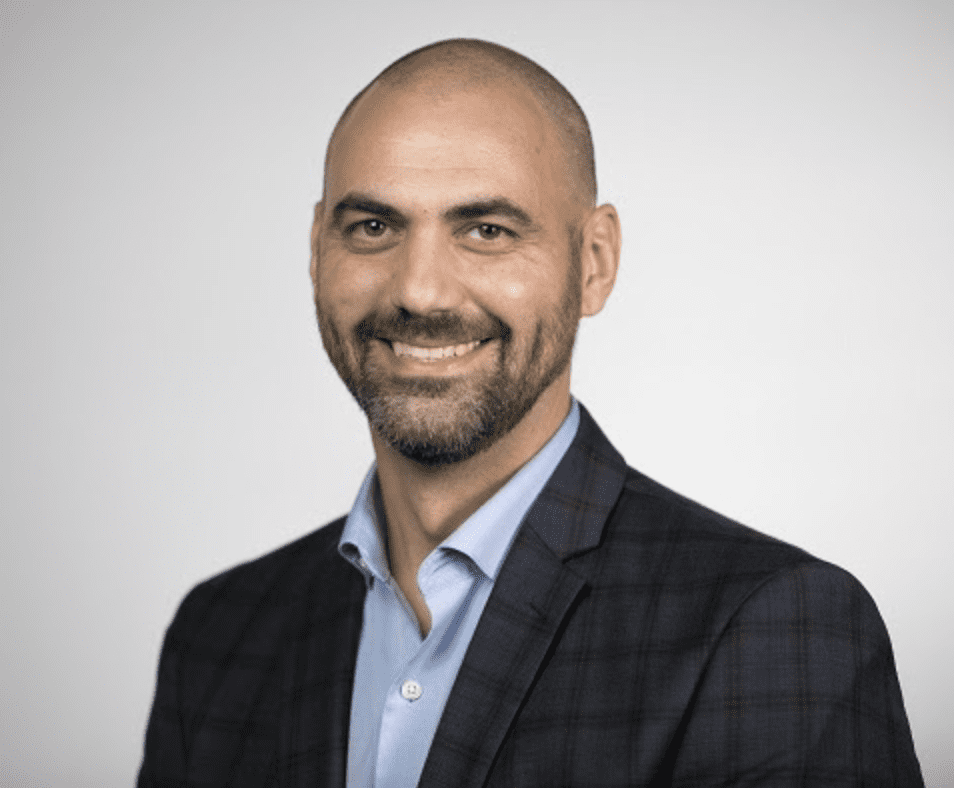Disclosure:: This post is sponsored by Erik Garcia of Plan-Wisely.
 The Importance of a Rainy Day Fund :: Why You Need One And How to Set It Up
The Importance of a Rainy Day Fund :: Why You Need One And How to Set It Up
For those of us in South Louisiana, we know all too well the inconvenience and disruption of our lives from hurricanes. These storms disrupt our finances as well. The saying, “Save for a rainy day,” is quite literal for us!
The cost to evacuate and the cost to cover a possible deductible, often 2%-5% of the insured amount of our homes, can wreck your family finances.
Emergency uses of money come in other forms such as unexpected health costs, tuition for kids, car issues, loss of a job, other wild weather events, etc. I like to call my emergency fund my O’crap account.
As a kid growing up my dad would say, “Son, if you make $5, spend $3 and save $2. You never know when you may need it.”
Setting money aside for those “expected unexpected” expenses is a foundational principle to managing finances wisely.
Here are 3 reasons why you NEED a rainy day fund:
Emergency Funds Relieve Stress
According to one study, more than half of American consumers (56%) say they are living paycheck to paycheck. That is certainly an anxiety-increasing position to be in. Knowing you have money set aside to cover some unexpected expense can be comforting.
A Rainy Day Fund Can Prevent You From Going Into Debt
Not have money set aside for an unexpected expense may force you to borrow, possibly from your credit card. And borrowing is expensive! According to Creditcard.com, the national average credit card interest rate is 15.01% and the average American household, with at least one credit card, has nearly $15,950 in credit card debt (in 2012). If you’re average, you could be paying over $2000 a year in interest payments alone already. Don’t add more!
Rainy Day Funds Avoid Potential Taxes and Penalties
I often see people withdraw money from their 401ks or IRAs to cover emergencies. Making an early withdrawal from your retirement account will cost you a 10% penalty on top of paying taxes. For example, assuming a 20% tax rate, if you take out $5,000 from your 401k or IRA pre-maturely, you may walk away with only $3,500 after taxes and penalties. To get $3,500 it cost you $1,500…not so wise.
I rarely interact with people who do not see the wisdom in having money set aside. The obstacle is setting up the fund and NOT using it for non-emergency purposes.
3 tips on setting up your rainy-day fund
Open a Savings Account at Your Local Bank
Linking the account directly to your checking account makes for easy access when you need it. Maybe too easy. If you are concerned that you’ll be tempted to spend the money on non-emergencies, set the account up at another bank. This adds an additional step to accessing the money, giving you more time to discern the nature of the expense.
Set a Realistic Savings Goal
How much you save depends on several factors, but as a general rule of thumb, having 3 to 6 months of your monthly expenses accessible is prudent. If that seems daunting, start with 1 month worth of expenses. If you are married, set the goal with your spouse. This may mean agreeing to cut back on your morning coffee outing, or making dinner at home more often, for a season.
Save Directly From Your Paycheck
Oftentimes you can direct the payroll company for your employer to direct deposit your check into 2 separate accounts. If you do not have that option, have money automatically transferred from your checking to your savings account the day after you get paid The longer the money sits in your checking account the more likely you’ll spend it. Out of sight out of mind.
*Check out the top Frequently Asked Questions I get in emergency funds here.*
Personal Finance is, Well… Personal
The amount you need set aside in a rainy day fund can be dramatically different than, let’s say, what your best friend needs to set aside. With money, it is important to do what works for you. An exercise, such as setting up AND funding a rainy day fund, as seemingly simple as it sounds, eludes far too many families.
Don’t wait for your next “rainy day” moment to realize you need to save up for the unexpected. It’s only a matter of time until you are faced with a financial emergency.
Are you prepared for a “Rainy Day”?
 About Erik Garcia
About Erik Garcia
Erik is a CERTIFIED FINANCIAL PLANNER™ (CFP®) and investment advisor. He and his wife  Jennifer were both born and raised in New Orleans and keep busy by raising 3 kids and 3 backyard chickens. Erik loves culture and being born to Cuban parents in one of America’s most soulful cities. He is privileged to be surrounded by some of the richest cultures on planet earth; from food to music, it’s hard to beat New Orleans and Cuba. He is a Saints fan, a soccer fan, an entrepreneur, and a lover of coffee. Erik launched the Building Us podcast in 2020 with his co-host Dr. Matt Morris, a show about relationships with people, with community, and with money. His earliest memory of “working with money” was when his grandfather would empty the change from his pockets into an ashtray. He let Erik take all the quarters and Erik would exchange the quarters for dollar bills with his uncle, who needed the change to ride the bus. This made buying baseball cards easier for Erik.
Jennifer were both born and raised in New Orleans and keep busy by raising 3 kids and 3 backyard chickens. Erik loves culture and being born to Cuban parents in one of America’s most soulful cities. He is privileged to be surrounded by some of the richest cultures on planet earth; from food to music, it’s hard to beat New Orleans and Cuba. He is a Saints fan, a soccer fan, an entrepreneur, and a lover of coffee. Erik launched the Building Us podcast in 2020 with his co-host Dr. Matt Morris, a show about relationships with people, with community, and with money. His earliest memory of “working with money” was when his grandfather would empty the change from his pockets into an ashtray. He let Erik take all the quarters and Erik would exchange the quarters for dollar bills with his uncle, who needed the change to ride the bus. This made buying baseball cards easier for Erik.
Securities offered through Royal Alliance Associates, Inc. Member FINRA/SIPC. Investment advisory services offered through New Century Financial Group, LLC, a registered investment advisor. Insurance services offered through Garcia Financial Group, LLC. Entities listed are not affiliated.
















